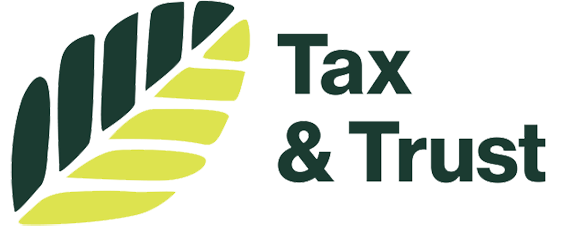Changes coming to GST invoicing

GST invoicing changes are coming!
New rules modernising GST invoicing and record-keeping requirements will apply from 1 April 2023. The new rules are designed to support e-invoicing and electronic record keeping.
There is no change to the GST calculation, only the rules relating to invoicing and record keeping.
The current term ‘tax invoice’ will be replaced by the term ‘taxable supply information’ (TSI). This is a set list of information that must be provided to any GST-registered customers within 28 days of the date of supply.
Information over and above current tax invoice requirements includes:
- the ”date of the supply” — when the time of supply is triggered, rather than the current tax invoice requirement of the date on which the tax invoice is issued
- for supplies over $1,000, the TSI must include the recipient’s physical address (if that information is available).
For supplies over $200 it will become mandatory to issue TSI to GST-registered customers within 28 days of the date of supply, and for supplies made to non-GST registered persons you have 28 days from when the customer requests the information.
Other favourable changes include the increase of the low-value threshold from $50 to $200 where limited taxable supply information is required and the removal of IRD approval for issuing buyer-created tax invoices (to be replaced by written agreements between parties to confirm self-billing).
The new invoicing rules have been designed with the intent that businesses issuing valid tax invoices now would not have to make any changes to comply with the new rules, however all businesses will need to be aware of the changes to ensure their business processes can manage the new GST requirements (i.e. accepting invoices which don’t have the words “tax invoice” on them).
We will have more information for you about the changes over the coming months.

How high will mortgage rates go?
The latest inflation data gave the Reserve Bank (RBNZ) and economists a bit of a shock. At 7.2%, it was much higher than anyone had forecast, and it means the RBNZ is likely to be more aggressive with its official cash rate rises. A higher official cash (OCR) rate leads to higher mortgage rates. Home loan rates are already in the mid-5% range – how much higher are they likely to go?
A 5.3% OCR in 2023?
Current pricing suggests the OCR will peak at 5.3% in 2023, which would likely push mortgage interest rates over 6%. If you’re coming off a fixed-term interest rate that starts with a three, that is going to be a painful adjustment.
However, economic predictions are notoriously unreliable. Even if all the experts are confident in their forecasts, nobody knows what’s around the corner. It’s important to remember that you can’t time the market.
We may be reverting to the mean
Could it be that the low rates of the past decade are the outlier, and we’re going back to normal? It’s quite possible that we are just reverting to the long-term average of over 5%. If that’s the case, over the next few years we might to adjust to home loan rates starting with a six or a seven, which was business as usual in the early 2000s.
What should you do?
When it comes to refixing, there are a few strategies to help you manage your loans more effectively. These include splitting them up across different fixed terms to help you smooth out the impact of rising interest rates, or using floating or offset loans to reduce debt more quickly. Your mortgage broker should be an expert in this, or we can recommend one.
If you’re facing a large increase in your mortgage repayments, you’ll need to look at ways to boost your business or personal income to maintain your outgoings. Alternatively, you can tighten your belt and find ways to cut your business or personal costs to help you meet the higher repayments. And for the best results, you can do both.
We can work with you to prepare your household and your business for a higher cost of debt – do get in touch, we’re here to help.

Do you need PAYE software for your business?
If you are in business and employ people, you need to know about PAYE.
As an employer, you are required to deduct PAYE from your employees’ salary or wages and pay it to Inland Revenue. All employers are required to use some form of payday filing, where you make PAYE payments and provide employment information to IRD on a payday basis.
We recommend Smartly for this and have been partners with them for a long time. (previously known as Smart Payroll) As referral partners we have been offered some discounts for our clients when they sign up as a new customer of Smartly.
We can help you with the sign up process and you get the discount of $20 off the monthly fee for 3 years. Check them out by clicking below if you want more information or contact us to discuss whether this is right for your business.
